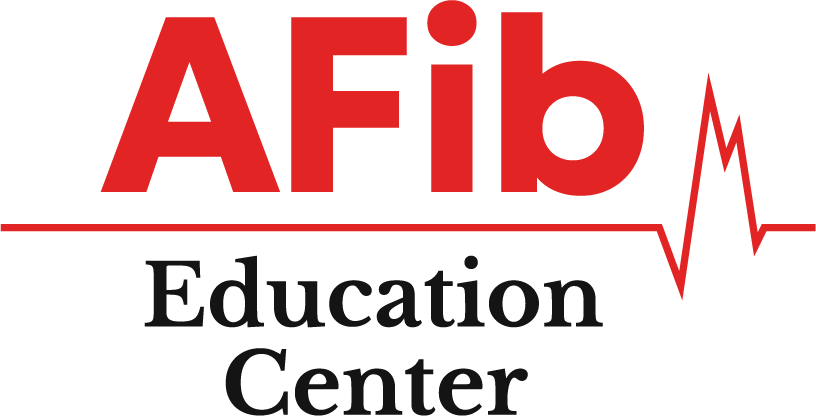What is an Arrhythmia?
Arrhythmia, particularly atrial fibrillation (AFib), involves abnormal heart rhythms that disrupt the heart’s electrical system. Understanding these conditions helps in recognizing symptoms like palpitations and shortness of breath, and in seeking effective treatment to maintain a regular heart rhythm.
Arrhythmia: Refers to any abnormal heart rhythm, with atrial fibrillation (AFib) being the most common type.
Normal Heart Function:
- The heart’s rhythm is controlled by the Sinus Node, a natural pacemaker in the heart that generates electrical impulses.
- The Sinus Node regulates the heart rate through the autonomic nervous system, adjusting based on activity levels.
Atrial Fibrillation (AFib):
- In AFib, abnormal electrical cells create rogue signals that disrupt the heart’s normal rhythm.
- These signals can override the Sinus Node, causing rapid and irregular heartbeats.
Symptoms of AFib:
- Palpitations
- Shortness of breath
- Lightheadedness
- Chest discomfort
Diagnosis and Management:
- An Electrocardiogram (EKG) is used to detect and analyze the heart’s electrical activity.
- Treatment aims to control abnormal impulses and maintain a regular heart rhythm.
Key Points Covered
- Arrhythmia: Abnormal heart rhythm, with AFib being the most common.
- Sinus Node: Heart’s natural pacemaker controlling rhythm through electrical signals.
- AFib Development: Abnormal cells disrupt normal rhythm, causing erratic heartbeats.
- Detection: EKG identifies abnormal rhythms.
Understanding arrhythmia and AFib helps recognize symptoms and seek appropriate treatment.
